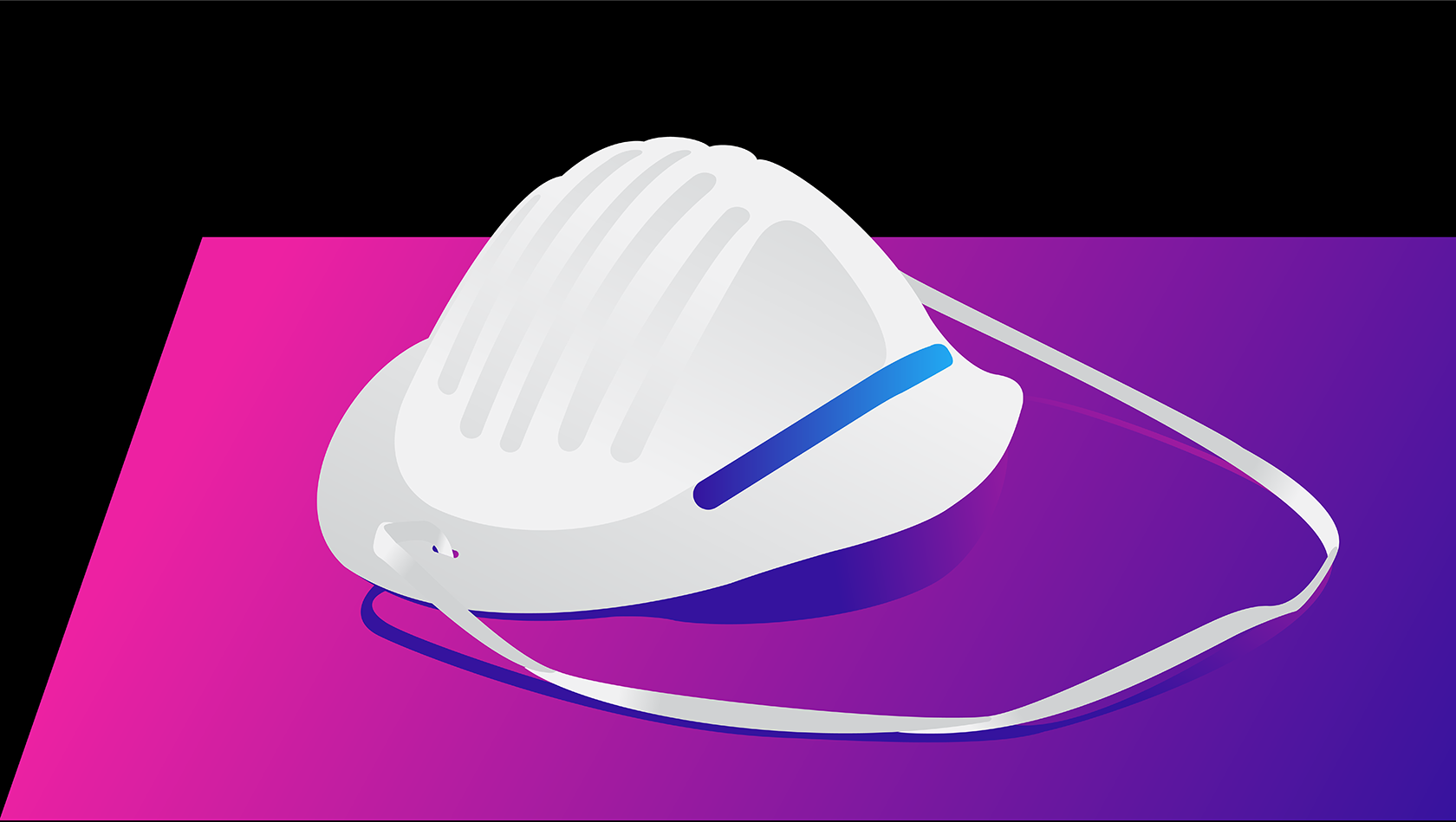On 31st January 2020, the first two cases of COVID-19 in the UK were confirmed. The first UK lockdown began nearly two months later, on 23rd March. In the seemingly interminable months since then, and along with the huge changes to our day to day lives, the landscape of both NHS and UK private healthcare has changed dramatically, while access to healthcare remains challenging for some.
The latest COVID-19 variant, with its vastly increased spread, has resulted in some NHS hospitals once more being overwhelmed, with the NHS reporting that many areas are at or over capacity, and some ITUs (intensive treatment units, sometimes known as intensive care) on a 1:4 nurse to patient ratio. This would usually be 1:1.
The current surge in cases is having a varied regional impact, with central London currently the worst affected: the NHS has asked many London-based consultants to focus solely on NHS work for the time being, in order to improve capacity.
In previous lockdowns, the NHS took a ‘block booking’ approach to using private hospitals, with the first one seeing private hospitals entirely seconded to the NHS. The later approach had circa 75% of private hospital capacity booked for NHS use. This resulted in many empty beds in private hospitals, as demand fluctuated. The NHS has now transitioned to a more flexible arrangement with private hospitals, whereby they will retain the right to claim beds rather than block booking at the outset. Additionally, the objective is to keep the private hospitals as COVID-19 free environments, with all COVID-19 patients being treated within NHS facilities.
For private patients, the net result of this is that it becomes more likely that they will see delays to non-critical procedures. This is for several reasons:
- The NHS may need the bed for an urgent case
- There may not be NHS ITU capacity to deal with complications of a procedure undertaken privately (*NB ITU facilities are not usually available in private hospitals)
- Hospital staffing presents issues, with sickness absence impacting significantly
- Patients may prove COVID-19 positive during pre-admission screening, and not be able to proceed
From around May 2020 we saw the Private Medical Insurance (PMI) market providing more clarity in the way they would be operating, with the expectation that while we would see a dip in claims in the first wave, this would likely be counterbalanced over the subsequent months as delayed treatments take place.
One would have to take an extremely optimistic view to think that this return to ‘normal,’ or whatever the new normal will turn out to look like, will happen within the first half of this year. In the meantime, insurers are continuing to price as though the pandemic hadn’t happened, using longer-term claims experience as the baseline. Most are making continued reassurances that they are not planning to make any unusual profit from the pandemic, and will assess financials once it is behind us.
Insurers remain committed to providing their customers with a valuable PMI proposition and customer service will be key in ensuring that private medical claims continue to provide quick accessibility. Additionally, raising employee awareness of services, such as digital GP and self-referral pathways for mental health and cancer diagnostics, should be a key strategy for employers as we see NHS accessibility come under more exceptional pressure.
